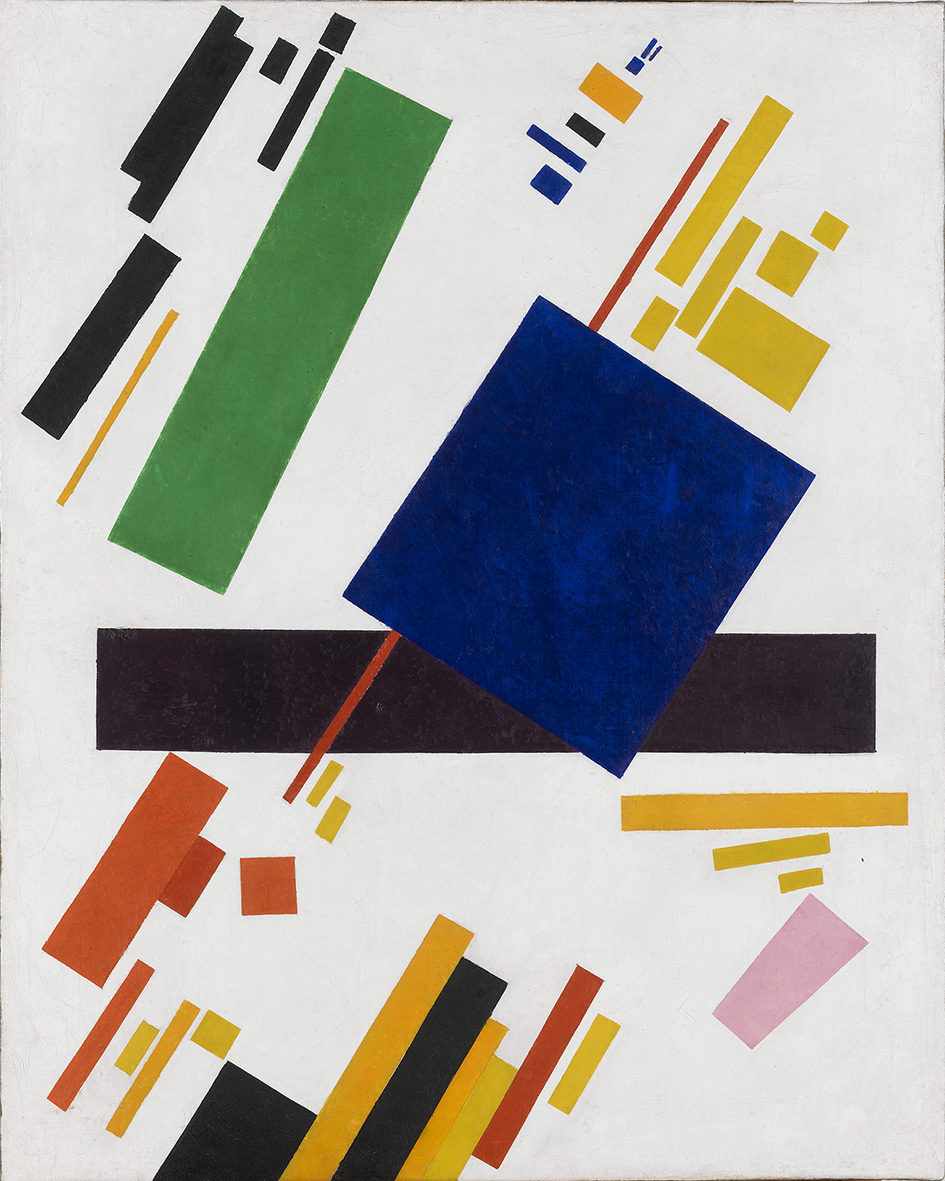Utopian Art
If a utopian society is the representation of a free, peaceful, fair and happy world for everyone, what would be utopian art? Some might find the question redundant as art is in itself is a utopia because it allows to create new worlds apart from reality. However, there are many types of art and many levels of new worlds which do not necessarily converge towards artists’ collective ideals of innovation and change.
Throughout the first half of the 20th century, several European artistic movements were born out of reactions to the tumultuous political, social and economic events of the time. Although these movements pursued different and sometimes even antagonist ideals, they shared strong political visions and aimed to contribute to the creation of new societal values. These include: Suprematism, created by Kazimir Malevich in Russia around 1913; Dada, founded by Tristan Tzara in Switzerland around 1916; De Stijl, founded by Theo van Doesburg in the Netherlands in 1917; Constructivism originated in Russia around 1919 and defined by Naum Gabo in his Realistic Manifesto of 1920; and finally, the Bauhaus school, founded by Walter Gropius in Germany in 1919.
While these utopian artistic movements and their proponents had a major impact on the social views of their time and a pervasive influence on the future arts developments, they ended up as victims of the prevailing dominant regimes, hostile to innovation and avant-garde and powerful enough to impose their own social utopias. For example, since the early 1920s Soviet authorities condemned suprematism and in 1933, the Bauhaus school closed under pressure from the Nazis.
In our current global context, what type of artistic values would be able to produce deep transformations in our societies? What type of art philosophy could trigger radical social changes and at the same time, get the political support necessary to crystallize them? Art and politics, a utopian association? Questions to be answered during our painting workshop starting today, in our little utopia in Italy!



I always enjoy your emails, Yves…and your questioning.. Enjoy Tuscany
Best Gerry
Yes Yves ! Your workshop in Tuscany was truly Utopian. Miss it already. Huge thanks gain or a truly memorable, enriching art experience. Barbara
Thank you Barbara. Your presence was an honor.
Bonjour Yves,Je suis en train de lire ta the
se a la Biblio icia Ottawa.C’est genial et tr`es interessant a lire.Merci, et au plasir de te connaitre.Andres